Appearing in the South from around the mid-19th century, the Palm-leaf Sutra is the first written heritage of Southern Buddhism in Vietnam. According to Khmer cultural researchers, the texts written on palm leaves are mostly copies of Buddhist scriptures in Pali (ancient Khmer script). In addition to Buddhist scriptures, texts written on palm leaves also record contents about literature, calendars, medicine, stories about social phenomena, etc.
The reason why the Khmer people chose to engrave letters on the leaves of the tree is because the leaves of the tree are very flexible, durable, and do not easily tear or rot. After being processed: dried in the sun, exposed to dew for about 2 weeks, then dipped in boiling water, or heated over fire, the leaves can withstand time and insects.
When carving letters on leaves, the engraver uses a special pen with a wooden handle and a sharp iron tip called Dek-cha. The thumb controls the tip of the pen to carve evenly, the strokes are not shallow, not deep, but even and straight. Carving letters on palm leaves requires meticulousness and effort; just a little carelessness can tear the leaf and have to be redone.
 |
Monk Chau Ty, the only person who holds the technique of engraving letters on palm leaves in An Giang . |
After carving the letters, the engraver will use a cloth soaked in ink (a mixture of finely ground charcoal powder mixed with turpentine and kerosene) to brush onto the leaf surface, then use another cloth to wipe off the ink. The engraved letters will gradually appear and will be very difficult to fade.
Writing on palm leaves is a special creative artistic process, the writer must have will and patience. To complete a palm leaf sutra, one must go through many stages, spend a lot of effort, and require skill and passion for this work. On the other hand, to learn to carve palm leaf sutras, the learner must be familiar with Pali and the content of each type of sutra, because most palm leaf sutras are carved in Pali.
In the Khmer pagodas of the South, almost every pagoda has palm-leaf sutras for monks, achars, and Buddhists to study and research. In An Giang, there are still about 170 sets of palm-leaf sutras with more than 900 volumes, scattered in some Khmer pagodas in Tri Ton and Tinh Bien districts. Each set of sutras has from 4 to 10 volumes, each volume has from 20 to 60 sutra leaves, each leaf has 5 lines, with about 150 words.
 |
| Palm-leaf sutras are currently kept in many Khmer pagodas in An Giang. |
Nowadays, most of the palm-leaf sutras are preserved and kept in pagodas in a very simple way, such as wrapping the sutras in cloth and placing them in glass cabinets. Over the years, along with the impact of time and changing environment, the ancient palm-leaf sutras are gradually being damaged. More notably, the artisans and eminent monks who know how to carve palm-leaf sutras in the Khmer community in the South are all old and weak, now there are only a few people left.
Venerable Chau Ty, Deputy Supreme Patriarch of the Vietnam Buddhist Sangha, Abbot of Soai So Tom Nop Pagoda, Nui To Commune, Tri Ton District, is perhaps the only person in An Giang who still possesses the technique of writing sutras on palm leaves.
He said that at the age of 24, he learned from Mr. Chau Rieng, the abbot of Xvayton Pagoda (Tri Ton town), how to write sutras on palm leaves. Thanks to his diligence, hard work and enthusiasm for learning, after only two years, he mastered this very special technique of writing sutras on leaves.
Venerable Chau Ty is famous in the region for being the most beautiful person to carve Pali script on palm leaves and to this day, at the age of 83, he is also the only person to own the most complete set of palm leaf sutras. With his contributions to preserving and promoting the nation's intangible cultural heritage, Venerable Chau Ty was awarded the title of Meritorious Artisan in 2015 and the title of People's Artisan in 2019by the President .
 |
Mr. Ry Thy describes how to string engraved palm leaves into a book of scriptures. |
Venerable Chau Ty always worries about how to teach as many people as possible about palm-leaf sutras, how to read and carve words on palm-leaf sutras, especially in the context of recent years when palm-leaf materials have become increasingly scarce, and the art of carving palm-leaf sutras is facing the risk of being lost over time.
Realizing that palm-leaf scriptures not only play a major role in preserving Buddhist scriptures but also have the meaning of preserving the precious cultural traditions of the Khmer people, in 2013, the Department of Culture, Sports and Tourism of An Giang province organized a class on carving Pali characters on palm leaves for Khmer monks and Buddhists, taught by Venerable Chau Ty.
Initially, the class had 14 people, but now only one or two people know how to carve, but they are not yet proficient. A student of Venerable Chau Ty, Ry Thi, 36 years old, who is very passionate about studying how to write sutras on palm leaves, said that learning to carve words on palm leaves is very difficult, and it is also not easy to find a source of quality palm leaves. If you are not truly passionate and want to preserve the cultural values of your ancestors, it is very difficult to learn, and to carve beautifully like Venerable Chau Ty, you also need a talent for painting and a knack for drawing.
Therefore, in the future, Khmer Southern Buddhist schools should develop a program to teach reading and engraving Pali characters on palm-leaf sutras, with the hope of restoring the art of engraving as well as training more generations of monks who can read ancient Khmer scripts, in order to serve the in-depth and extensive research of ancient documents, especially documents recorded on Khmer palm-leaf sutras.
In order to preserve and pass on to future generations the unique values of palm-leaf scriptures, An Giang province has approved the Project to Preserve and Promote the Values of the National Intangible Cultural Heritage "Knowledge and Techniques of Writing on Palm Leaves of the Khmer People in An Giang Province" until 2030.
 |
| Monk Chau Ty taught his students the technique of leaf carving. |
Specifically, the project is divided into two phases. Phase 1 (2022-2026) will carry out the inventory and classification of palm-leaf sutras in the province according to the system. Repair and restore damaged palm-leaf sutras and provide instructions on how to preserve them for pagodas that are preserving palm-leaf sutras. Next, the province will document and digitize the heritage "Knowledge and techniques of writing on palm leaves of the Khmer people in An Giang province".
An Giang province will organize the preservation and promotion of the values of the identified heritage, build more versions of some sets of Buong-leaf Sutras to serve the work of heritage education and tourism development. At the same time, some typical Buong-leaf Sutras will be translated to serve as reference materials, research and introduction and propaganda on mass media in many forms; include them in extracurricular programs and competitions in schools about learning about heritage.
In Phase 2 (2028-2030), the province will develop a dossier to register for recognition of the Khmer people's intellectual heritage and palm leaf writing techniques in An Giang province under the UNESCO Asia-Pacific Memory of the World Program.
Source: https://nhandan.vn/bau-vat-linh-thieng-cua-nguoi-khmer-post831668.html




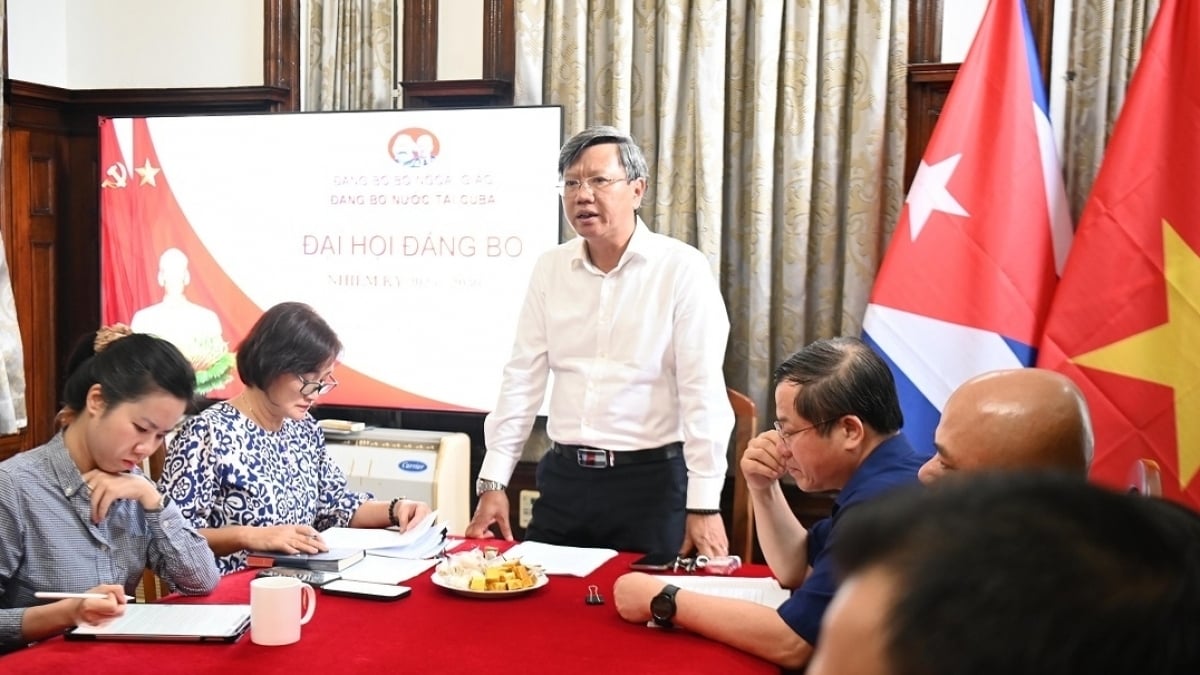
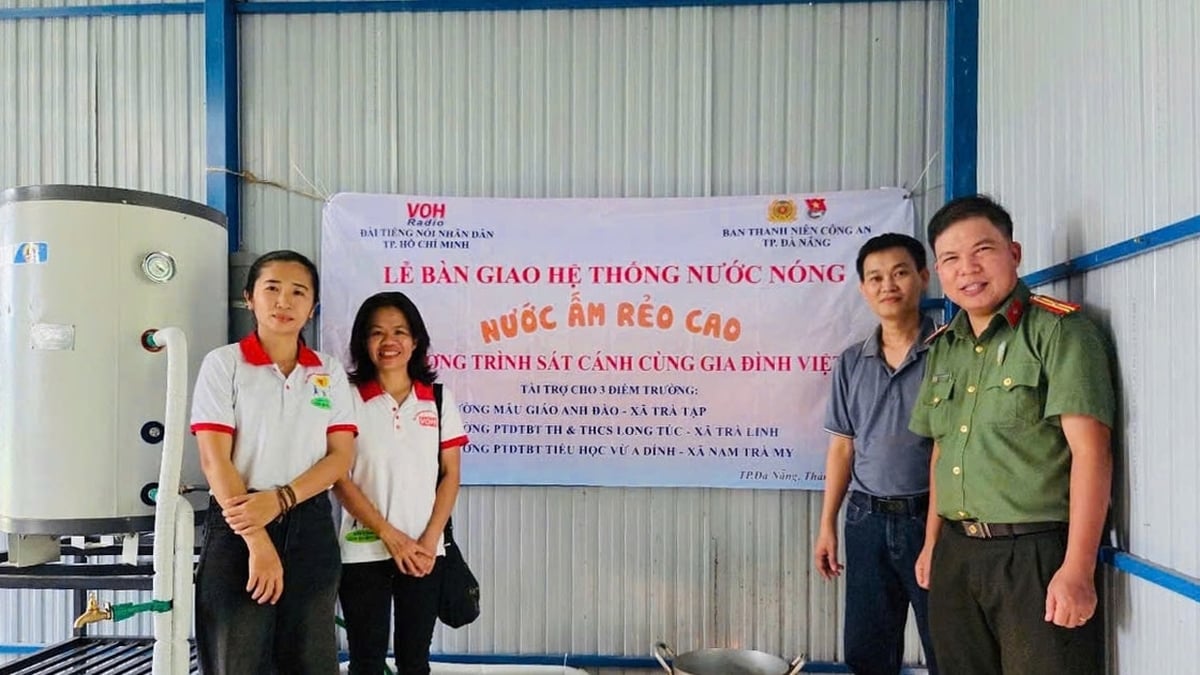
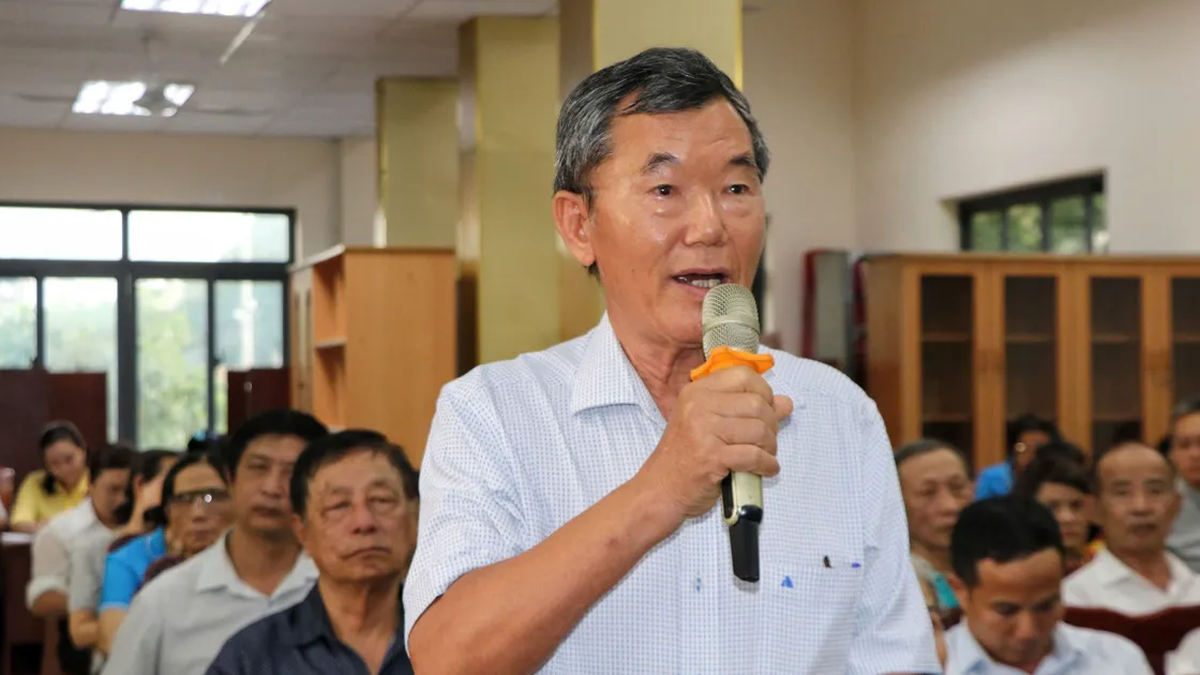
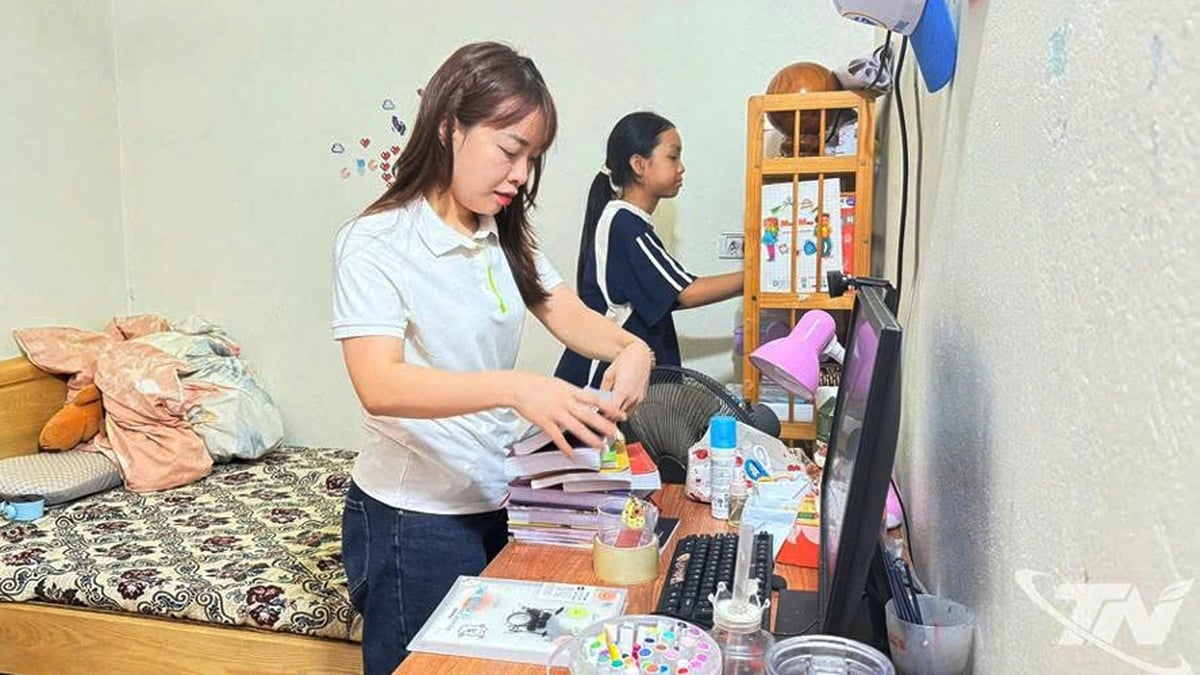
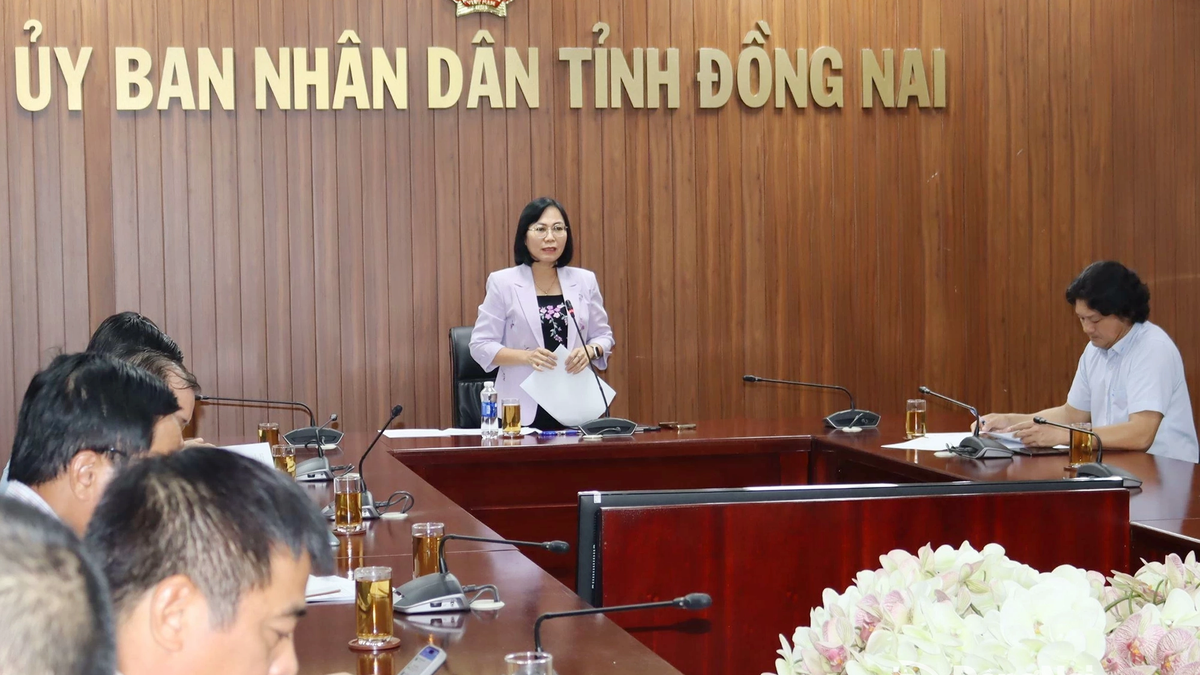


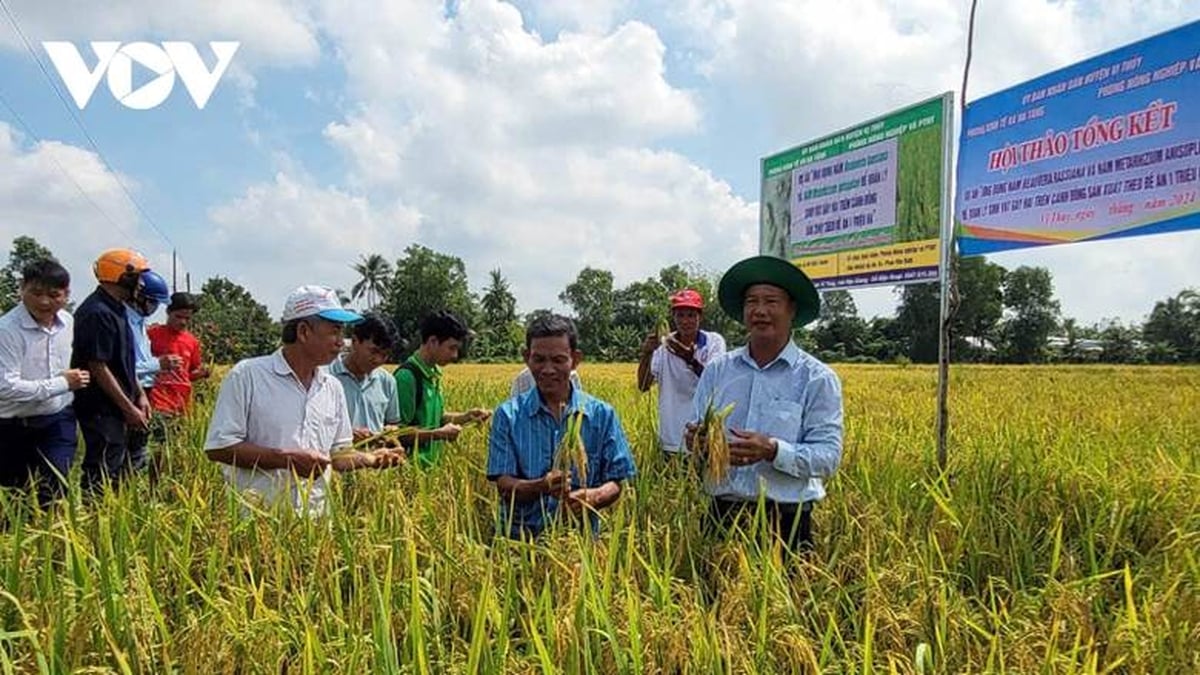






























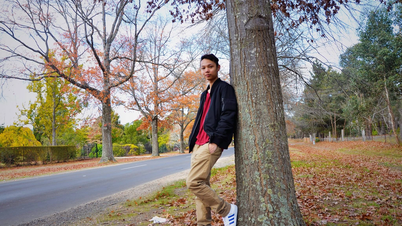

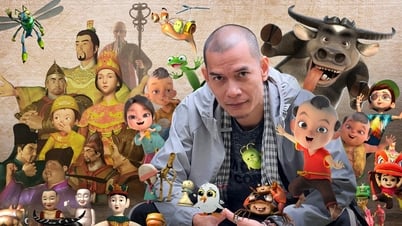








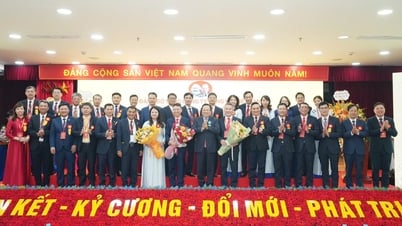












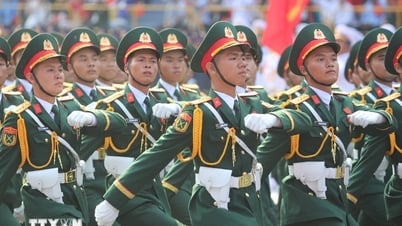








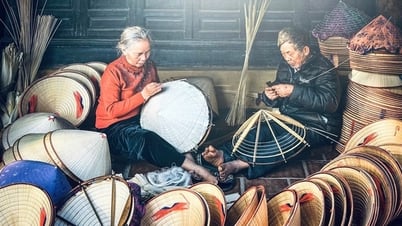
























Comment (0)